Gene of Interest Insertion
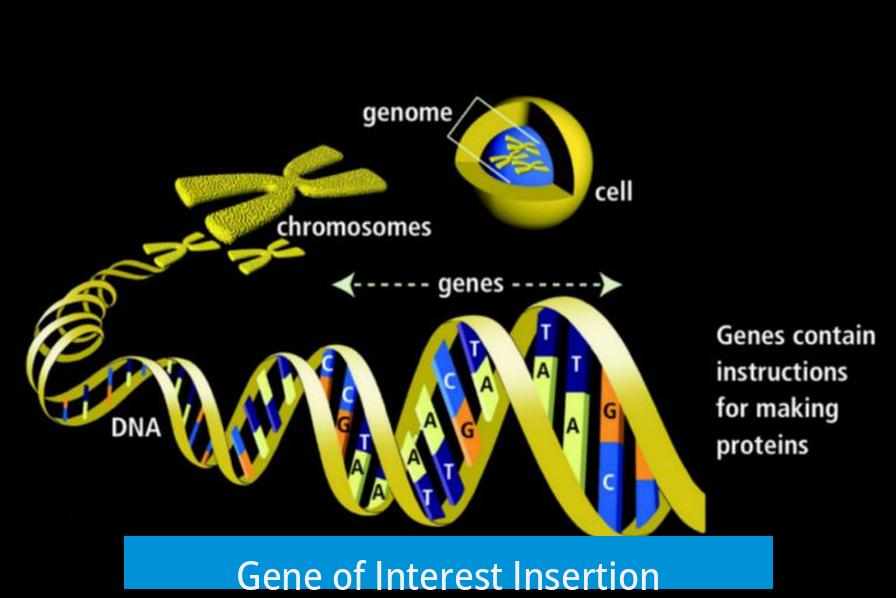
Gene of interest insertion involves obtaining the gene sequence, amplifying it, and integrating it into a target vector or organism. This process varies depending on the gene source, amplification methods, and specific considerations related to gene expression.
1. Sources of the Gene

- From a bug or microbe: If the gene exists in a microbial source at hand, it is often simpler and cost-effective to amplify and clone it directly. Challenges may occur if the sequence has unusual features.
- From plasmid repositories: Many genes of interest are available on plasmids maintained by repositories such as Addgene or ASU. Cloning from such plasmids is usually straightforward since they carry the coding sequence (CDS) ready for expression.
- From cellular material (cDNA): Cloning from mammalian cells requires preparation of a complementary DNA (cDNA) library because mammalian genes contain introns that prevent direct genome cloning.
- Gene synthesis: The simplest option is ordering synthetic genes from commercial providers like IDT. This approach can cost a few hundred dollars and offers custom codon optimization.
2. Amplification Methods

After obtaining the gene’s source, amplification follows using polymerase chain reaction (PCR) with specific primers.
- If the gene is present in a plasmid or cellular template, primers allow targeted amplification.
- If no template is available, custom gene fragments can be ordered for heterologous expression needs.
3. Considerations During Gene Insertion
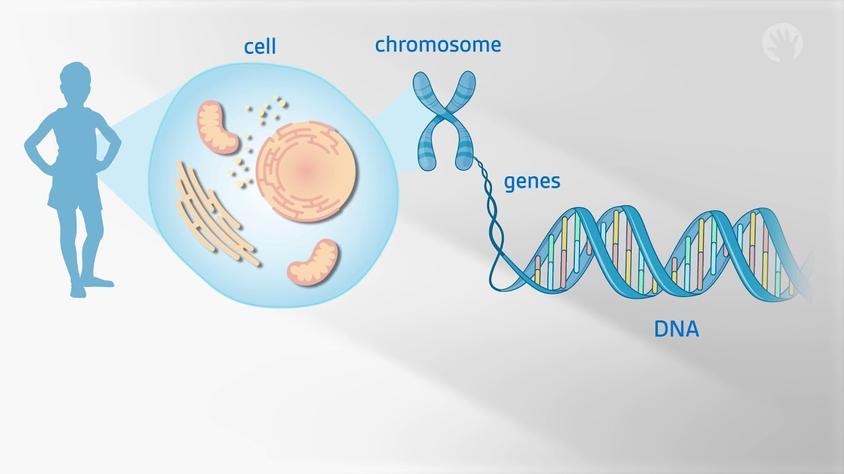
Gene insertion requires attention to ensure proper expression in the host organism.
- Codon modification: Larer, especially with synthetic genes, codons can be altered to enhance expression efficiency in the chosen host.
- Template choice for mammalian genes: Mammalian genes cannot be cloned directly from the genome due to introns, so cDNA is necessary.
Summary of Key Points
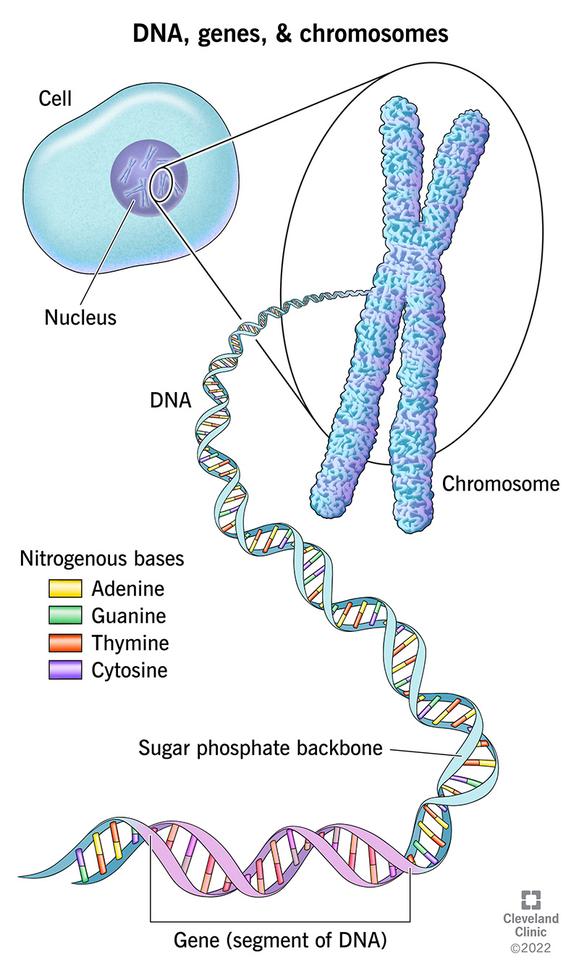
- Gene sources include microbes, plasmids, cellular cDNA, or synthetic synthesis.
- Amplification relies on primers if templates exist; otherwise, ordering gene fragments is an option.
- Codon optimization improves expression, particularly for heterologously expressed genes.
- Mammalian genes require cDNA due to introns in genomic DNA.
Gene of Interest Insertion: How to Nail It Without Losing Your Mind
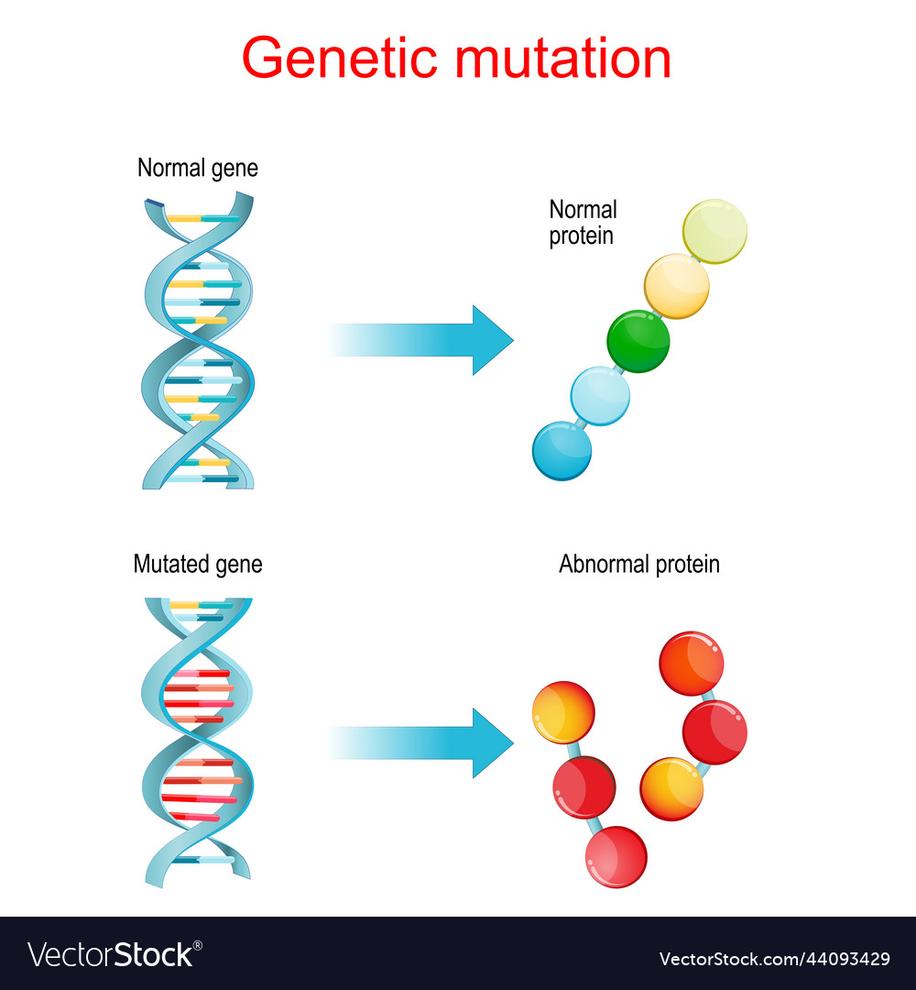
When trying to insert a gene of interest, the easiest way depends on where you get your gene from and how you want to use it. Simply put, you can source the gene from bugs, plasmid repositories, cellular material, or even order it synthetically. How you amplify and insert it also varies, and each choice has its quirks and perks. This post dives into these options to help you figure out the best route that suits your science project or research needs.
Imagine you want to insert a gene that helps bacteria glow in the dark or better yet, cure some intractable disease. The first step is getting your hands on the gene itself. Not all paths are paved equally, but some sure make your life way easier.
Starting Point: Where Does Your Gene of Interest Live?
Let’s talk sources. Where your gene lives affects everything.
- Bugs or Microbes: If you’ve got the microbe handy, you’re in luck. You can often amplify the gene directly from the bug. It’s usually cheaper and straightforward unless the sequence is weird or tricky.
- Plasmid Repositories: Hate doing wet-lab adventures? Head to plasmid repositories. Places like Addgene or ASU’s plasmid repository are gold mines where you can find clones of your gene encased in plasmids. This often means less hassle and more speed.
- Cellular Material (cDNA): If your gene inhabits mammalian cells, cloning from the genome is a no-go because of introns mucking up the process. You need to prepare a cDNA library first. That’s extra work but worthwhile for that perfect gene copy.
- Gene Synthesis: Hands down, the easiest—pay a couple hundred bucks to a provider like IDT and get the gene synthesized to your specs. It’s neat, quick, and nearly foolproof.
Amplification: Dialing Up the Gene Volume
Got your source? Now it’s game time for amplification. Here, your options depend a lot on what you didn’t choose earlier.
- Primers for Amplification: If you have a template in your hands—be it cellular or plasmid DNA—you can craft primers to amplify the gene. This method is cost-savvy and fast but requires some lab skill.
- Custom Gene Fragments: Can’t get a template easily? No worries. Ordering custom gene fragments for heterologous expression (expressing a gene in an unusual host) is the modern way to go. It gives you flexibility but often at a higher price.
Key Decisions When Inserting Your Gene: What You Have to Know
Before the gene insertion party begins, a few extra considerations tip the scale for expression success.
- Codon Modification: Genes from different organisms often use different codons to code for amino acids—a phenomenon called codon bias. Modifying codons to match your expression host optimizes protein production. Although more expensive and time-consuming, it can make all the difference.
- Genome vs. cDNA for Mammalian Genes: Remember, cloning directly from a mammalian genome is a no-no due to pesky introns interrupting your coding sequence. Using cDNA bypasses this problem, keeping your gene clean and ready.
Putting It All Together: Practical Tips and Unique Angles
Here’s the inside scoop: each gene insertion project is its own beast. Choosing the source and amplification methods can save you weeks of headaches.
Start with the simplest source. If you’ve got your gene in a bug or microbe nearby, go for it. Amplify directly and clone—it’s your best bet for time and cost.
If not, plasmid repositories are your trusted allies. They have done the grunt work already. Just pick, amplify, and go.
For mammalian genes, build a cDNA library or get the gene synthesized. Trying to harvest from the genome is like trying to eat soup with a fork—frustrating and pointless.
And codon optimization? It may sound like unnecessary rocket science, but it’s akin to speaking the host’s language better. If your gene looks foreign, the host might ignore it without optimization.
Real Talk: Why Not Just Synthesize Every Gene?
Gene synthesis is cool and convenient but watch your budget. A couple hundred bucks here or there adds up fast. Also, if you need many variants or iterative testing, this could become expensive and slow.
On the flip side, cloning from natural sources lets you have some fun tinkering in the lab and can be surprisingly cheap if you already own your source cells or plasmids.
Closing Questions to Ponder
- Do you want speed, or is cost your biggest enemy?
- Is your expression host prokaryotic (like bacteria) or eukaryotic (like mammalian cells)? This guides codon optimization and template choice.
- Do you have access to plasmid repositories, or are you starting from scratch?
Answering these will chart your path through the gene insertion maze.
To Wrap Up
Gene of interest insertion is all about strategic sourcing, smart amplification, and clever tweaking of the gene. From bugs to plasmid banks to custom synthesis, the options make it a fascinating puzzle. Choose wisely based on your experiment’s needs, budget, and expertise.
So, next time you want to insert that superstar gene into your host, ask yourself: What’s the simplest way for me, and how can I make it work like a charm? The secrets are out there—go find your gene and let the insertion adventure begin!
1. What are common sources for obtaining a gene of interest?
Genes can come from bugs, microbes, plasmid repositories, cellular cDNA, or be synthesized. Bugs and microbes might be cheaper to amplify directly. Plasmid repositories like Addgene offer ready gene sequences. Mammalian genes require cDNA due to introns.
2. When is gene synthesis the best option?
Gene synthesis is easiest when the gene sequence is complex or hard to clone. It can be done by commercial services like IDT for a few hundred dollars. This avoids difficulties with unusual sequences or unavailable templates.
3. Why can’t mammalian genes be cloned directly from the genome?
Mammalian genes contain introns in the genome. These non-coding regions disrupt direct cloning. Preparing a cDNA library removes introns, allowing cloning of the correct coding sequence.
4. How does codon modification affect gene insertion?
Modifying codons can improve gene expression in the host organism. While amplifying directly is cheaper, codon optimization may boost protein production, especially when expressing genes in different species.
5. What are the main amplification methods for a gene of interest?
If you have a plasmid or cell with the gene, PCR with primers works. If the template is unavailable, ordering custom gene fragments designed for expression is a good alternative.


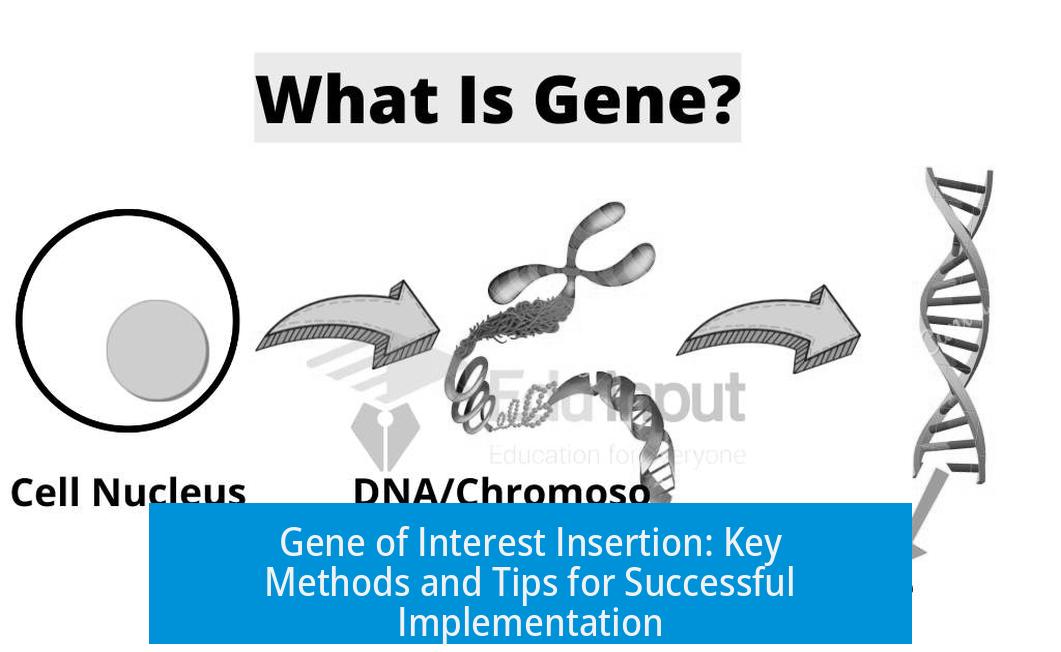


Leave a Comment